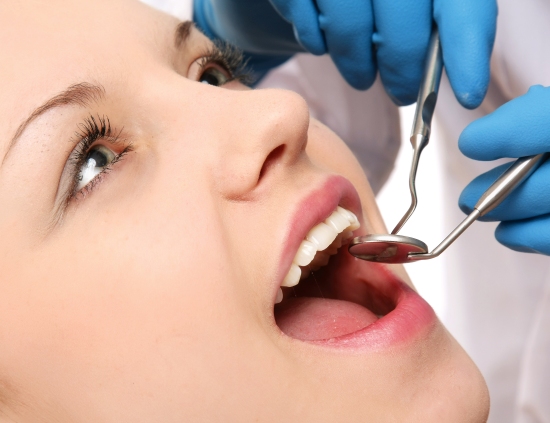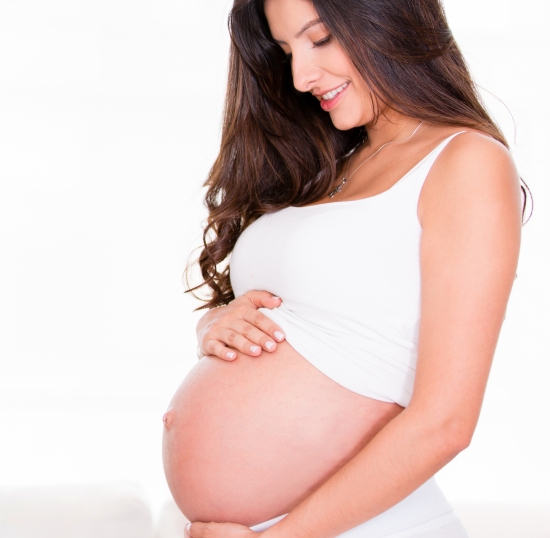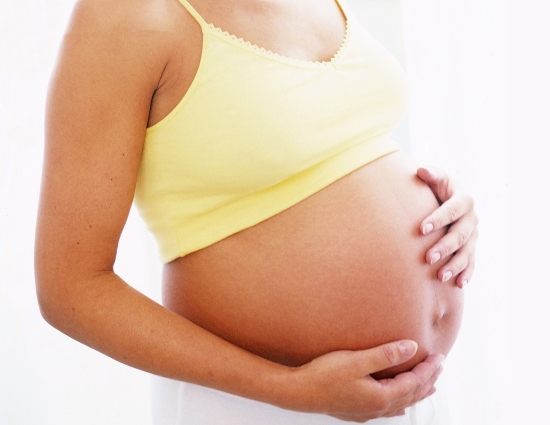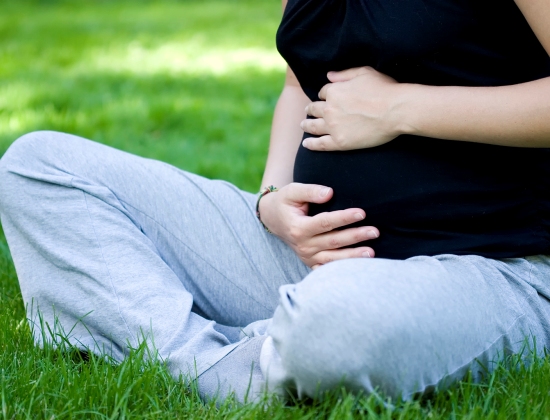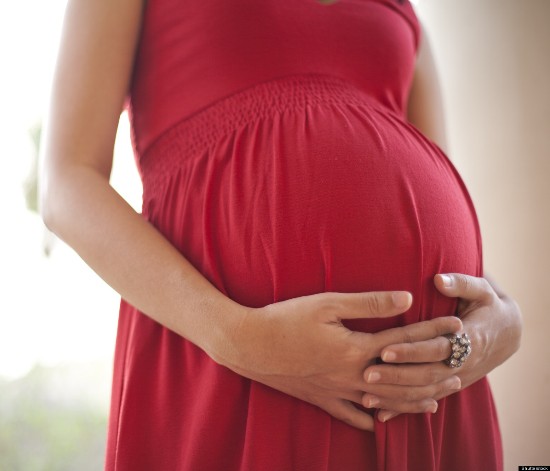One of the common discomforts that women can experience is cramps during pregnancy. They could be cramps in different parts of the body: legs, abdomen and other areas of the body could experience cramping.
In most cases the cramping could be normal and nothing to worry about; however painful cramps, persistent cramps or severe cramps ought to be reported in order to rule out anything serious.
Cramps during pregnancy – First trimester
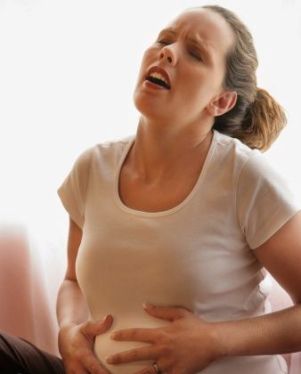 During the first trimester of pregnancy it could be normal bodily changes brought about by a pregnancy that cause some amount of cramping: as he uterus stretches and changes there could be some mild cramping or backache.
During the first trimester of pregnancy it could be normal bodily changes brought about by a pregnancy that cause some amount of cramping: as he uterus stretches and changes there could be some mild cramping or backache.
As the embryo implants in the walls of the uterus as well there could be mild cramps. Sometime the cramping could be unrelated to the pregnancy: gas, distension, constipation, could cause cramping. There could also be some slight cramping after orgasm.
However if the cramps are severely painful or are accompanied by any vaginal bleeding, abdominal tenderness or other symptoms like fever, dizziness and so on, the cause could be grave.
It could be an ectopic pregnancy, a miscarriage or other pregnancy abnormality that could be causing the cramps during pregnancy’s first trimester. Other reasons that need immediate attention could be gallbladder problems, appendicitis, etc.
Cramps during the second and third trimesters of pregnancy
In the second trimester as well some amount of aches and pains are quite normal. As the body stretches to accommodate the growing baby, some discomfort is only normal. This kind of discomfort is also referred to as round ligament cramping. There could also be increased pressure on the rectum. However in some cases the cramps could be an indication of something being wrong and it could be preterm labor or miscarriage that is causing the cramping.
In addition women could experience cramps during pregnancy in the leg area. This can start during the second trimester as weight is gained and there is more stress on the joints and ligaments.
Stretching the muscles of the calf can help to relive the leg cramps, as can a warm bath, massage or application of heat or ice.
During the third trimester (in some cases it could be as early as the second trimester) women typically start to feel false labor or practice contractions known as Braxton Hicks contractions.
This is the body preparing for the labor and delivery ahead. You can tell these apart from the real thing because they are mild and not as severe as real labor pain. Also the practice contractions are random and unpredictable, not following any pattern or timing.
Many women find that rest can help to reduce these pre-pregnancy cramps, while others find that taking a brisk walk can help. Sometimes practicing a relaxation technique can help; in other cases all that may be needed is a relaxing warm bath.
The bottom line about cramps during pregnancy is that so long as they are mild, you may just want to tolerate them for a bit longer; they will go away shortly after baby arrives. However if they are very painful or are accompanied by other symptoms report them to a doctor.

